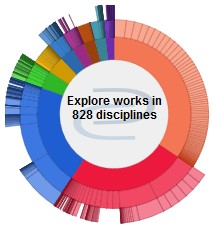Degree Name
Master of Science (MS)
Semester of Degree Completion
1997
Thesis Director
Douglas G. Klarup
Abstract
Granite City, IL, surface soil ( 0-10 cm ) contaminated with lead was studied by both single- and a four-step sequential chemical extraction procedures designed to establish the partitioning, mobility and availability of lead in soil. The five fractions corresponding to the selected extractants were exchangeable, carbonates-bound, Fe-Mn oxides bound, organic matter and residual. Lead contamination of the soil was determined as a function of particle size and soil depth.
The contaminated sample had the highest lead content of 573.1 mg/kg at the 4 cm soil depth level, and on average was about 8.8 times that of background soil. Most of the lead ( over 87% ) is concentrated in the Fe-Mn oxides bound, organic matter, and residual fractions, and only about 9-13% of the total lead remain in the first two fractions. The lead content in the residual fractions decreased as the depth increased and suggests the presence of undefined lead-containing large particles.
The intermediate particle size range (90-125 μm) contained the highest lead content, 563.3 mg/kg. Here, over 80% of total lead is found in the Fe-Mn oxides bound, organic matter and residual fractions. Lead content in the more accessible fractions, exchangeable and carbonates-bound, increased slightly as particle size decreased.
Extraction experiments showed that low pH water may cause mobilization of lead from soil to water. Oxalic acid releases only a limited amount of lead into solution, and surfactant Triton solution may be used as a soil containment reagent to prevent lead release from soil.
Recommended Citation
Zhang, Yan, "A Chemical Extraction Study of Lead Contaminated Soil from Granite City, IL" (1997). Masters Theses. 1812.
https://thekeep.eiu.edu/theses/1812




